How to Clean an RV Awning
Part 1 of 2:
Setting Up and Rinsing Your Awning
-
 Hose down both sides of your awning. Hitting your awning with a blast from a water hose is a good first step to removing mildew. If there is no mildew or mold, it is fine to just clear leaves and dust off your awning with a quick hose-down. It is good to hose down your awning every month.[2]
Hose down both sides of your awning. Hitting your awning with a blast from a water hose is a good first step to removing mildew. If there is no mildew or mold, it is fine to just clear leaves and dust off your awning with a quick hose-down. It is good to hose down your awning every month.[2] -
 Let your awning dry if you do not plan to clean it further. Make sure it dries completely before stowing, or begin cleaning with cleaning solutions after the awning is throughly rinsed.
Let your awning dry if you do not plan to clean it further. Make sure it dries completely before stowing, or begin cleaning with cleaning solutions after the awning is throughly rinsed. -
 Extend and stabilize your awning. If you have an awning stabilizer kit, use it!
Extend and stabilize your awning. If you have an awning stabilizer kit, use it!
Part 2 of 2:
Cleaning the Awning
-
 Use a stiff brush for acrylic awnings, and a softer brush for vinyl awnings. How you clean your awning will differ slightly for these different common awning materials. It should be clear which type you have from the awning label, but vinyl awnings are plastic, and acrylic awnings are woven fabric.
Use a stiff brush for acrylic awnings, and a softer brush for vinyl awnings. How you clean your awning will differ slightly for these different common awning materials. It should be clear which type you have from the awning label, but vinyl awnings are plastic, and acrylic awnings are woven fabric.- Make sure you are not using an abrasive scrubbing brush with a vinyl awning. You do not want to scrub off any part of the awning's coating, which is there to lessen mildew growth.[3]
- Acrylic awnings can handle a slightly more abrasive brush, but do not scrub so vigorously that you rip the awning.[4]
-
 Make sure your brush is mounted on a long pole. You will need to reach the top on the awning with your brush, so make sure it is long enough.
Make sure your brush is mounted on a long pole. You will need to reach the top on the awning with your brush, so make sure it is long enough. -
 Purchase or mix a solution. You can buy a specialty cleaner for awnings, or mix your own and place it in a spray bottle or bucket.
Purchase or mix a solution. You can buy a specialty cleaner for awnings, or mix your own and place it in a spray bottle or bucket.- One good solution is warm water with a few squeezes of dish soap. Make sure the solution is bubbly, but you do not need to use more than a few hard squeezes.
- To address very stubborn mold or mildew, use a ¼ cup of bleach to 2 ½ gallons of water. Do not clean with bleach more than once every few years, as consistently bleaching your awning will shorten how long it lasts. Only use bleach for very stubborn mold.[5]
-
 Spray or brush your cleaner on the underside of the awning. If you are using a spray bottle, saturate the underside of your awning with spritzes of your solution. If you are using a brush, dip your brush into the solution and apply it evenly to your awning.
Spray or brush your cleaner on the underside of the awning. If you are using a spray bottle, saturate the underside of your awning with spritzes of your solution. If you are using a brush, dip your brush into the solution and apply it evenly to your awning. -
 Apply solution to the top of your awning with a brush. When addressing the top of your awning, it is probably easiest to apply with your long-handled brush. Scrub the hard plastic area the awning retracts into, but be gentle with the rest of the fabric. Let the solution sit for 5 minutes.
Apply solution to the top of your awning with a brush. When addressing the top of your awning, it is probably easiest to apply with your long-handled brush. Scrub the hard plastic area the awning retracts into, but be gentle with the rest of the fabric. Let the solution sit for 5 minutes. -
 Use your brush to gently scrub at any mold or mildew stains. If the stain comes off very easily, it will probably rinse off with water and you do not need to scrub.
Use your brush to gently scrub at any mold or mildew stains. If the stain comes off very easily, it will probably rinse off with water and you do not need to scrub. -
 Rinse both sides with your hose. Make sure all the cleaner is rinsed off. If the water is not running off easily, dip one corner so that the water runs down it and off your awning. [6]
Rinse both sides with your hose. Make sure all the cleaner is rinsed off. If the water is not running off easily, dip one corner so that the water runs down it and off your awning. [6] -
 Allow your awning to dry completely before retracting it. Retracting a wet awning is the surest way to cause mold or mildew, so allow it to air dry completely before packing it away. Remember that you will need to air dry it even longer if you are in a humid climate. [7]
Allow your awning to dry completely before retracting it. Retracting a wet awning is the surest way to cause mold or mildew, so allow it to air dry completely before packing it away. Remember that you will need to air dry it even longer if you are in a humid climate. [7]
5 ★ | 1 Vote
You should read it
- How to Install a Camper Awning
- How to Replace Awning Fabric
- Photoshop CS: How to create and use Brush (The end part)
- The dentist instructs how to brush teeth properly
- How to rotate 'brushes' in Photoshop in just 5 seconds with this tip
- Use the right brush when applying makeup
- How to use Photoshop CS5 - Part 15: Remove wrinkles with the Healing Brush tool
- How to use the Brush tool in Adobe Lightroom
May be interested
- How to Clean Your Computer System
 whether you're here to learn how to 'clean up' a cluttered or infected hard drive, or physically clean your computer's parts, read on for an easy, step-by-step guide. basically this article will tell you how to clean software as well as...
whether you're here to learn how to 'clean up' a cluttered or infected hard drive, or physically clean your computer's parts, read on for an easy, step-by-step guide. basically this article will tell you how to clean software as well as... - How to clean oven extremely simple and effective
 how to clean your oven in extremely simple ways, but it can remove the stain for a long time?
how to clean your oven in extremely simple ways, but it can remove the stain for a long time? - How to properly clean the laptop
 your laptop is dirty but you afraid to bring it to the store for fear of cost? this article will guide you to properly clean your laptop at home and is very easy to do. along follow the article offline!
your laptop is dirty but you afraid to bring it to the store for fear of cost? this article will guide you to properly clean your laptop at home and is very easy to do. along follow the article offline! - How to use Clean Up feature on old iPhone
 while apple's clean up tool is limited to the iphone 15 pro and later, there are apps you can use to remove distracting elements from images on older iphones.
while apple's clean up tool is limited to the iphone 15 pro and later, there are apps you can use to remove distracting elements from images on older iphones. - Clean the clean and clean pressure cooker after 7 steps
 mechanical pressure cooker after each use needs clean hygiene to ensure durability. see the article below to properly clean the pressure cooker.
mechanical pressure cooker after each use needs clean hygiene to ensure durability. see the article below to properly clean the pressure cooker. - Automatically clean old downloads on the system
 although you can always delete the contents of the directory and start over, there is a better way here that you need to make your computer know how to clean it.
although you can always delete the contents of the directory and start over, there is a better way here that you need to make your computer know how to clean it. - The easiest way to clean a room
 if you want your house to be clean and beautiful, you need to know how to clean your room properly. below are the easiest ways to clean your house for lazy people.
if you want your house to be clean and beautiful, you need to know how to clean your room properly. below are the easiest ways to clean your house for lazy people. - How to Blur People's Faces in Photos Using iPhone's Clean Up Tool
 clean up is a tool in the photos app in ios 18 that lets you remove unwanted objects from photos. however, it sometimes has the strange behavior of blurring faces instead of removing them.
clean up is a tool in the photos app in ios 18 that lets you remove unwanted objects from photos. however, it sometimes has the strange behavior of blurring faces instead of removing them. - 9 tips to help you write 'more delicious' code
 writing code is obviously the first task if you are a software developer. however, have you ever thought your code was really good?
writing code is obviously the first task if you are a software developer. however, have you ever thought your code was really good? - Tips to clean the hood quickly and simply at home
 for the hood to work smoothly and endlessly, after a period of use you need to clean the filter net and replace the activated carbon filter periodically. how to clean the vacuum cleaner easily within 1 note.
for the hood to work smoothly and endlessly, after a period of use you need to clean the filter net and replace the activated carbon filter periodically. how to clean the vacuum cleaner easily within 1 note.



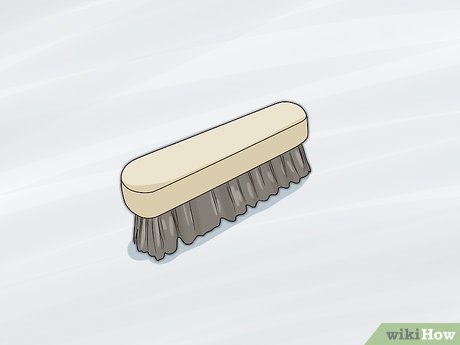
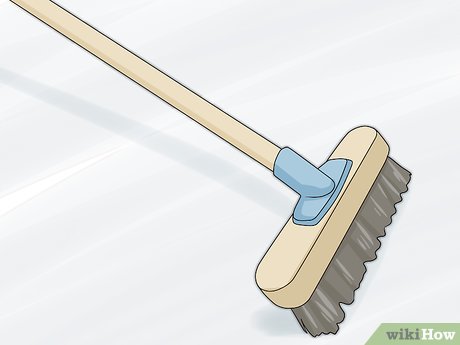
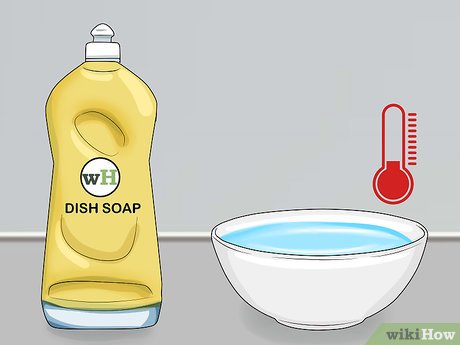
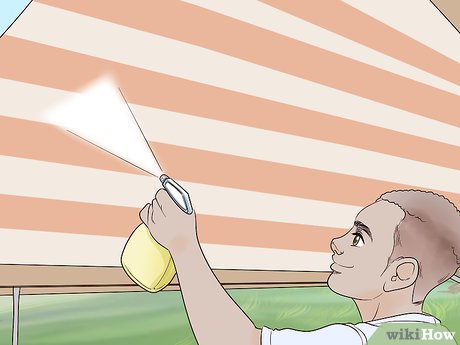
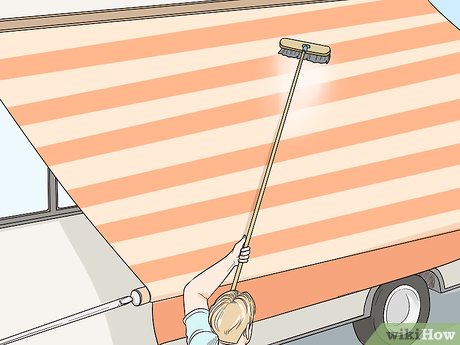
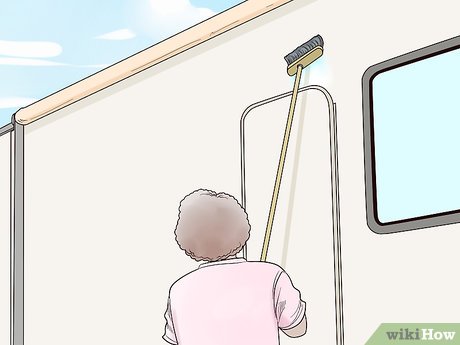
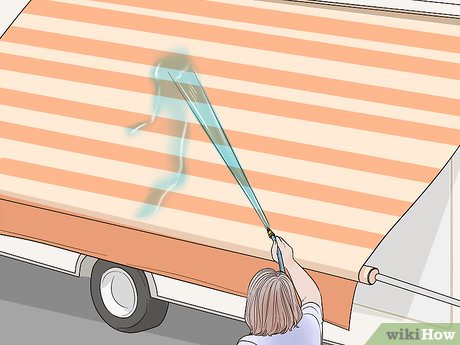
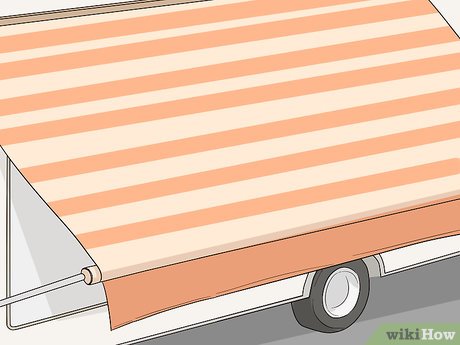









 How to Wash an RV
How to Wash an RV How to Keep RV Drawers Closed
How to Keep RV Drawers Closed How to 90 Degree Park Large SUVs
How to 90 Degree Park Large SUVs How to Check Your RV Battery
How to Check Your RV Battery How to Replace RV Flooring
How to Replace RV Flooring How to Live in an RV
How to Live in an RV